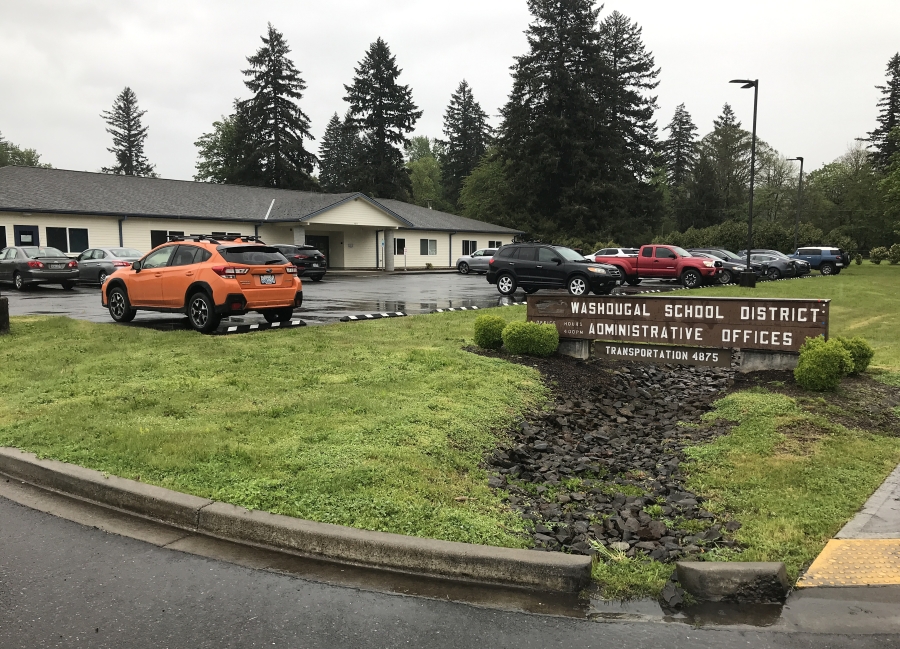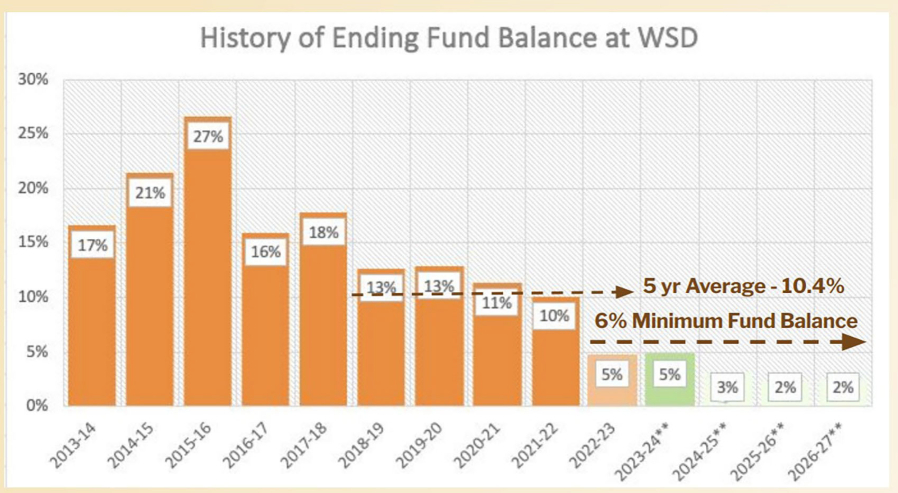The Washougal School District is borrowing money from itself to meet its short-term financial obligations as it continues to grapple with financial challenges brought on by lower-than-expected enrollment and rising costs.
The Washougal School Board passed a resolution Dec. 12, that authorizes the district to transfer an amount not to exceed $3.5 million from its capital projects fund to its general fund to cover cash flow deficits in the general fund over the next two years.
School district leaders said they expect to receive certain revenues over the next 24 months, including state of Washington education funds and taxes from the district’s educational programs and operations levy.
“Pending receipt of such money, the district has an immediate need to pay various general fund expenses to address budget destabilization in the aftermath of COVID, and the district does not have available sufficient money in the general fund to pay the general fund expenses,” the district stated in the resolution approved by the school board Dec. 12.
Washougal School District officials said they will fully repay the interfund loan within 24 months.
“There is a plan for repaying this loan,” Washougal School Board member Jim Cooper said during the Dec. 12 meeting. “It’s a very temporary situation. I would hope that we move forward over the course of the next year to rebuild the reserve fund so that we don’t need to borrow from ourselves and pay interest to ourselves.”





